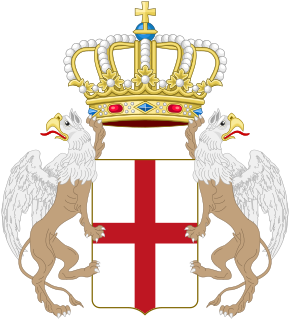
The Doge of Genoa was the ruler of the Republic of Genoa,a city-state and soon afterwards a maritime republic,from 1339 until the state's extinction in 1797. Originally elected for life,after 1528 the Doges were elected for terms of two years. In actuality,the Republic was an oligarchy ruled by a small group of merchant families,from whom the doges were selected.

The Republic of Genoa was a medieval and early modern maritime republic from the 11th century to 1797 in Liguria on the northwestern Italian coast. During the Late Middle Ages,it was a major commercial power in both the Mediterranean Sea and the Black Sea. Between the 16th and 17th centuries it was one of the major financial centers in Europe.

The Ligurian Republic was a French client republic formed by Napoleon on 14 June 1797. It consisted of the old Republic of Genoa,which covered most of the Ligurian region of Northwest Italy,and the small Imperial fiefs owned by the House of Savoy inside its territory. Its first Constitution was promulgated on 22 December 1797,establishing a directorial republic. The directory was deposed on 7 December 1799 and the executive was temporarily replaced by a commission. In 1800,a doge was nominated for a 5-year term,which was extended to life in 1802.
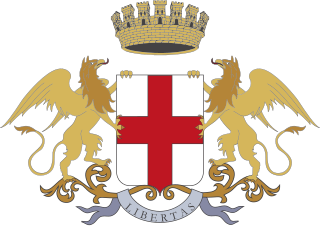
Giacomo Maria Brignole Sale was the 176th and 184th Doge of the Republic of Genoa,respectively from 1779 to 1781 and from 1795 to 1797. He was the last doge in the history of the Republic,and the only one elected twice,a unique case in the history of that Republic for the biennial election doges. After Brignole's dogeship the Genoese state and the office were abolished.
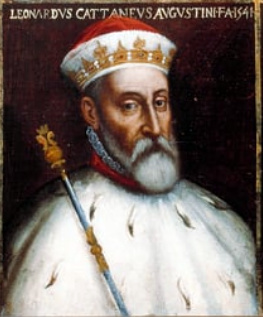
Leonardo Cattaneo della Volta was the 52nd Doge of the Republic of Genoa.
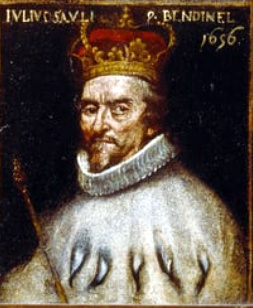
Giulio Sauli was the 113th Doge of the Republic of Genoa and King of Corsica.

Girolamo Vivaldi was the 61st Doge of the Republic of Genoa.

Giovanni Francesco Brignole was the 102nd Doge of the Republic of Genoa and the first king of Corsica.

Giannotto Lomellini was the 68th Doge of the Republic of Genoa.

Benedetto Viale was the 144th Doge of the Republic of Genoa and king of Corsica.

Agostino Lomellini was the 166th Doge of the Republic of Genoa.

Girolamo De Mari was the 135th Doge of the Republic of Genoa and king of Corsica.

Pietro De Franchi Sacco was the 84th Doge of the Republic of Genoa.

Cesare Durazzo was the 118th Doge of the Republic of Genoa and king of Corsica.

Alerame Maria Pallavicini (30 September 1730 - 30 December 1805) was the 181st Doge of his native Republic of Genoa.

Oberto Della Torre was the 130th Doge of the Republic of Genoa and king of Corsica.

Bendinelli Negrone was the 133rd Doge of the Republic of Genoa and King of Corsica.

NicolòCattaneo Della Volta was the 153rd Doge of the Republic of Genoa and king of Corsica.
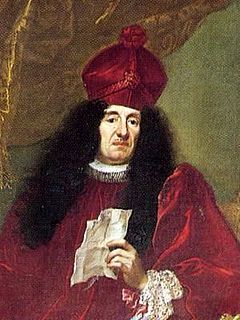
Pietro Durazzo was the 128th Doge of the Republic of Genoa and king of Corsica.

Francesco Maria Imperiale Lercari was the 127th Doge of the Republic of Genoa and king of Corsica.



















